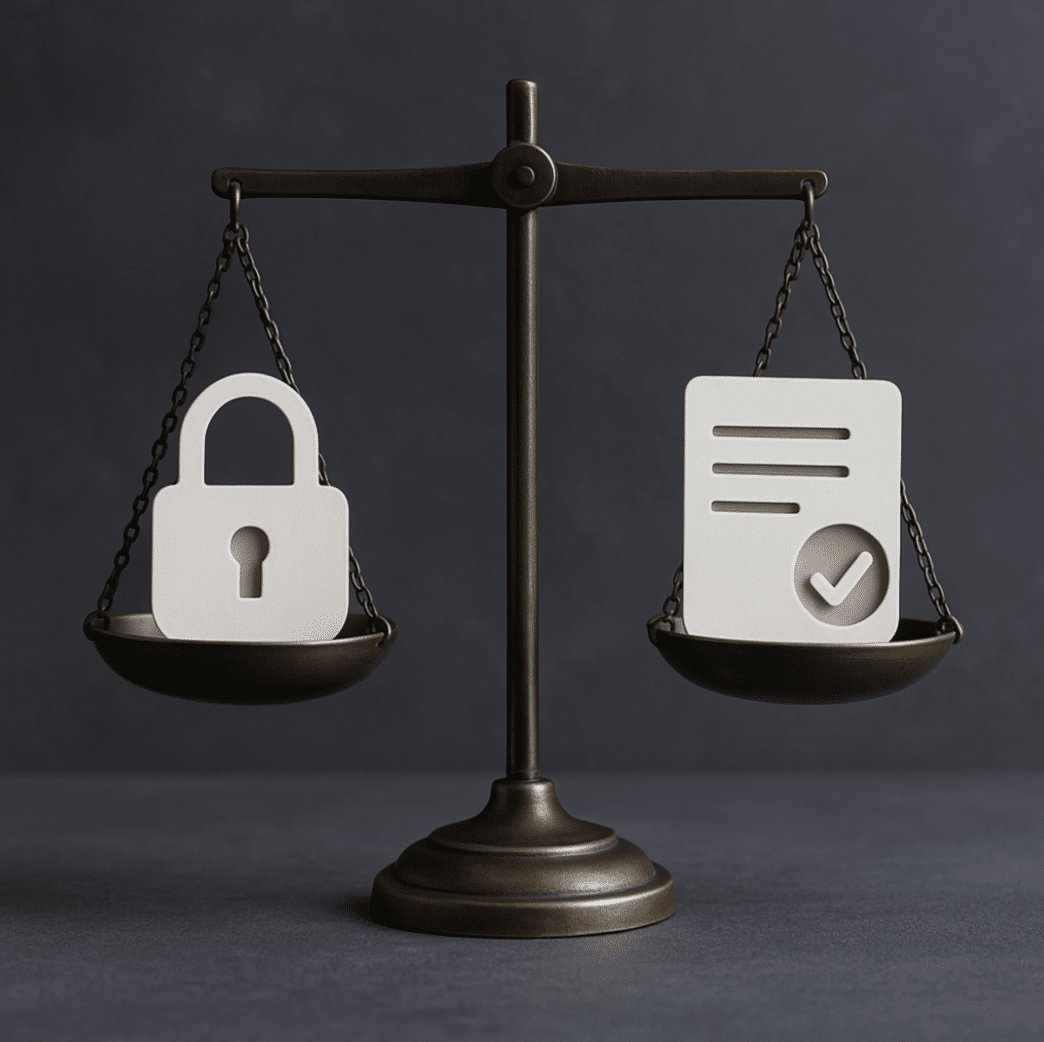In our increasingly connected world, age verification systems on the internet have become urgently necessary. Technology and access to digital content have far outpaced traditional methods of age control. The need to protect minors from adult content and products can’t be ignored any longer. While some countries have started implementing online age checks, these efforts remain inconsistent and often ineffective. This patchwork approach raises important questions about balancing child protection, adult privacy, and digital rights access.

Global Approaches to Digital Age Verification
From verifying age for alcohol and tobacco e-commerce to restricting access to adult content, governments worldwide are exploring effective systems to limit what minors can access online.
The United Kingdom’s proposed Online Safety Bill requires providers to implement robust age verification to ensure users are over 18.
Spain is developing the Beta Digital Wallet, an identity verification app requiring official documents to validate age and restrict sensitive content through a government-approved monthly credit system. While necessary, this solution has sparked significant privacy concerns about potential tracking of usage history.
Security experts have cautioned about risks with the Beta Digital Wallet, warning that “using beta-version applications can expose users to undetected vulnerabilities, increasing the risk of their personal data being compromised.”
Australia recently passed broader legislation prohibiting children under 16 from using social media without effective age verification. While not mandating a specific verification app, the government has suggested solutions like online age recognition through government databases or systems managed by banks or mobile providers. Critics like David Inserra from the Cato Institute have dismissed these solutions as “as useful as an ashtray on a motorcycle,” arguing that no system can be completely accurate without compromising privacy or restricting adult users.
In January 2025, Singapore began exploring similar age verification requirements for social media. Rahayu Mahzam, Minister of State for Digital Development, explained they’re evaluating various systems and their impact on young users, consulting with digital platforms and the Australian government to analyze the most effective solutions.
While no final decisions have been made, this worldwide conversation reflects growing concern about protecting young people online.
Are Current Safeguards Enough?
Despite technological advances, many experts believe existing regulations fall short in addressing digital challenges. Verification solutions like Bouncer Digital or the upcoming European e-wallet represent progress in age verification for e-commerce, but concerns persist about balancing control and user privacy.
Australia’s law attempts to set a global standard for internet age verification, particularly on social media, but implementation has drawn skepticism. Experts from companies like IDNow and Jumio question its effectiveness, noting that teenagers could likely bypass even the best systems available.
The debate around age verification and its regulation continues. While some countries move forward with legislation and online age recognition systems, globalization and rapid digital innovation create significant challenges. The key is developing verification methods that protect minors without compromising adults’ digital rights.
The future of age verification across adult content, gambling, and e-commerce depends on collaboration between governments, digital platforms, and innovative tech companies. Only through this cooperation can we create a safer, more balanced online environment for everyone.







